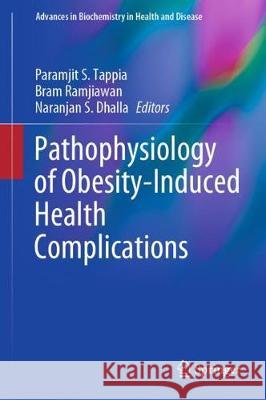Pathophysiology of Obesity-Induced Health Complications » książka
topmenu
Pathophysiology of Obesity-Induced Health Complications
ISBN-13: 9783030353575 / Angielski / Twarda / 2020 / 345 str.
Pathophysiology of Obesity-Induced Health Complications
ISBN-13: 9783030353575 / Angielski / Twarda / 2020 / 345 str.
cena 402,53
(netto: 383,36 VAT: 5%)
Najniższa cena z 30 dni: 385,52
(netto: 383,36 VAT: 5%)
Najniższa cena z 30 dni: 385,52
Termin realizacji zamówienia:
ok. 22 dni roboczych
Dostawa w 2026 r.
ok. 22 dni roboczych
Dostawa w 2026 r.
Darmowa dostawa!
Kategorie BISAC:
Wydawca:
Springer
Seria wydawnicza:
Język:
Angielski
ISBN-13:
9783030353575
Rok wydania:
2020
Dostępne języki:
Numer serii:
000335837
Ilość stron:
345
Oprawa:
Twarda











